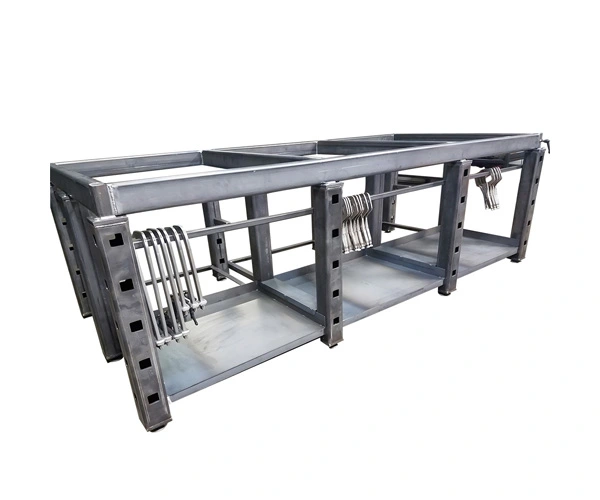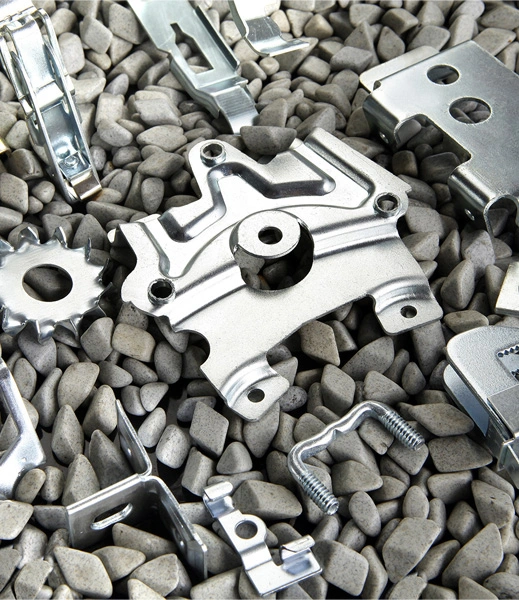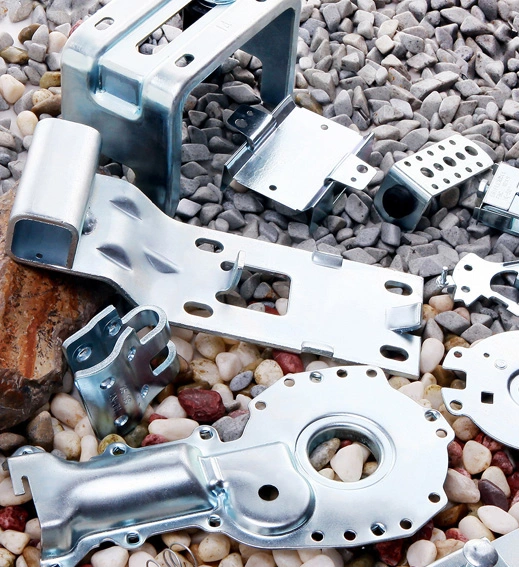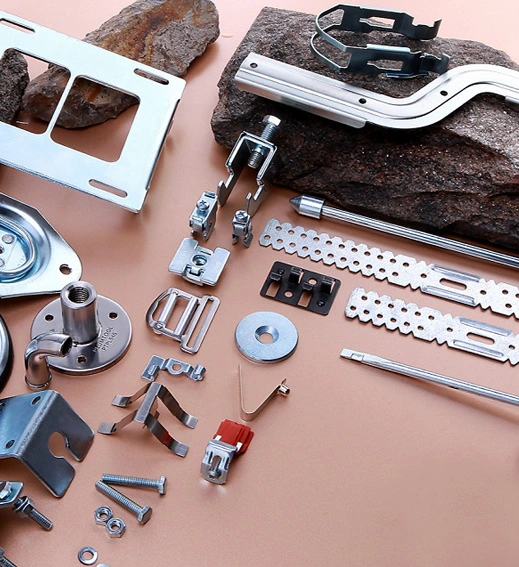

Material: steel
Surface: powder coated/painting etc
Customized Size
Main Process: tube laser cutting, drilling, welding, re-shaping
Other services: stamping, deep drawing, punching, sheet metal bending, tube bending, progressive die stamping, welding and assembly
Welding deformation is a change in the shape and size of components caused by thermal stress and shrinkage during the cooling process during welding. Welding deformation is a common problem in welding processes, which can have a significant impact on the performance and quality of welded components. Therefore, understanding the causes, types, and control methods of welding deformation is crucial for ensuring welding quality.
Ⅰ.The reasons for welding deformation
1. Thermal stress: During welding, the weld seam and surrounding area expand due to heating from a high-temperature heat source, forming thermal stress. After welding is completed, the weld seam and surrounding area cool and shrink, causing deformation of the component.
2. Temperature gradient: During the welding process, different parts of the welded part are subjected to varying degrees of heating and cooling, resulting in temperature gradients. The shrinkage difference caused by temperature gradient leads to component deformation.
3. Structural constraint: During the welding process, the welded part is constrained by the surrounding structure and cannot shrink freely, resulting in welding deformation.
Ⅱ. Types of welding deformation
1. Warpage deformation: The two sides of the welded component experience varying degrees of shrinkage during the cooling process, resulting in the component exhibiting a bent or warped shape.
2. Twisted deformation: Welding components are subjected to torque or uneven thermal stress during the welding process, causing the component to twist or deform along the axis.
3. Tensile deformation: Welding components are subjected to tensile stress during the welding process, resulting in linear tensile deformation of the components.
4. Compression deformation: Welding components are subjected to compressive stress during the welding process, resulting in linear compression deformation of the components.
5. Thickening and deformation: During the welding process, the degree of material shrinkage in the weld seam and surrounding areas is different, resulting in thickness changes in the component at the weld seam.
Ⅲ. Control methods for welding deformation
1. Optimize welding sequence: By changing the welding sequence and position, the temperature gradient during the welding process is distributed as evenly as possible, reducing thermal stress and deformation.
2. Preheating and post heat treatment: Preheating can reduce the temperature gradient and thermal stress during the welding process, while post heat treatment can heat the entire welded part to evenly cool it, thereby reducing deformation.
3. Using appropriate fixtures and supports: By designing and using appropriate fixtures and support devices, the free deformation of welded components can be effectively constrained, reducing deformation.
4. Control welding energy input: Reasonably control the input of welding energy, including parameters such as current, voltage, welding speed, etc., to reduce heat input and thermal stress, thereby reducing welding deformation.
5. Using appropriate welding methods: Selecting welding methods suitable for specific welding tasks, such as pulse welding, laser welding, etc., can reduce heat affected areas and deformations.
6. Adopting compensatory welding: In the design stage of welded parts, a certain margin and bending amount are reserved, and the required shape and size are achieved through adaptive rebound after welding.
7. Using local pre deformation: During the design phase, local pre deformation is introduced in specific areas of the component to counteract deformation during the welding process and control overall deformation.
8. Optimizing welding process parameters: By optimizing welding process parameters such as pre pressure, welding speed, welding sequence, etc., thermal stress and deformation can be reduced.
9. Adopting compensation structure design: By designing the structure shape reasonably, such as introducing symmetrical structures, T-shaped structures, etc., welding deformation can be reduced.
Welding deformation is a common problem during the welding process, caused by thermal stress and cooling shrinkage. The types of welding deformation include warping deformation, twisting deformation, tensile deformation, compression deformation, and thickening deformation. In order to control welding deformation, a series of measures can be taken, such as optimizing welding sequence, using preheating and post heat treatment, using appropriate fixtures and supports, controlling welding energy input, using appropriate welding methods, using compensating welding, using local pre deformation, optimizing welding process parameters, and adopting compensating structural design. By applying these control methods comprehensively, welding deformation can be reduced, and the quality and performance of welded parts can be improved.



